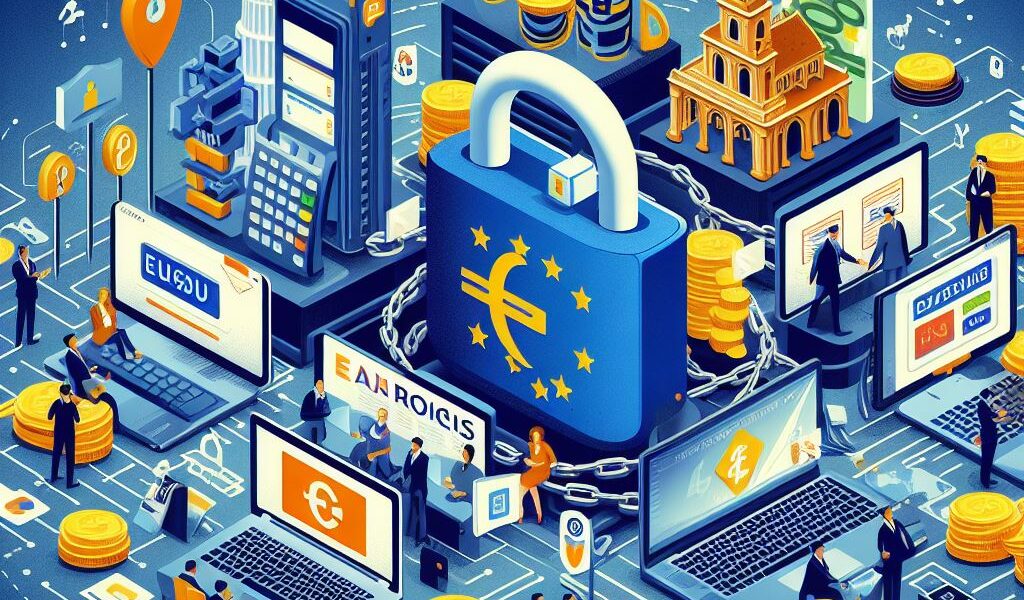1. Fees
Payment systems typically charge fees for transactions, currency conversion, and sometimes for account maintenance. These fees can vary widely:
- Transaction Fees: These are often a percentage of the transaction amount, with some payment services charging a flat fee on top of the percentage.
- Currency Conversion Fees: Important in Europe due to multiple currencies, these fees can range from 0.5% to 3% over the exchange rate provided by the payment service.
- Maintenance Fees: Some services charge monthly or annual fees, especially for business accounts or premium consumer accounts with additional features.

2. Security
Security is a paramount concern for payment systems, with European services adhering to strong regulatory frameworks such as GDPR and PSD2, which mandate rigorous data protection and customer authentication processes:
- Authentication: Services use methods like two-factor authentication (2FA), biometrics (fingerprint or facial recognition), and strong password policies.
- Data Encryption: To protect user data and transaction details, payment systems employ advanced encryption technologies.
- Regulatory Compliance: European payment services are generally compliant with local and EU-wide regulations, ensuring a high level of security and operational integrity.
3. User Interface
The user interface (UI) of a payment service impacts how easily users can manage their transactions and accounts:
- Simplicity and Clarity: A good UI is intuitive and easy to navigate, allowing users to perform transactions quickly and efficiently.
- Mobile and Desktop Experience: Many users in Europe access payment services through mobile apps. A seamless, responsive design that works well on both mobile devices and desktops is crucial.
- Multilingual Support: Given the linguistic diversity in Europe, leading payment systems offer multilingual support to cater to all users across the continent.
Examples of Popular Payment Systems in Europe
- Germany: Services like PayPal and Klarna are popular, with Klarna offering “buy now, pay later” services that are increasingly in demand.
- France: In addition to international giants like PayPal, France has local services like Lydia, known for its user-friendly interface and low fees.
- UK: While PayPal continues to dominate, newer services like Revolut offer currency exchange without hidden fees and have robust security measures.
- Nordic Countries: Services like Swish in Sweden and MobilePay in Denmark are widely used for their simplicity and integration with local banking systems.

Conclusion
When comparing payment systems across different European countries, it’s clear that while there are many commonalities in terms of security standards and the types of fees charged, differences in user interface design and specific service features can influence user choice. Accessibility, cost efficiency, and security compliance are key factors that users consider when selecting a payment system.


